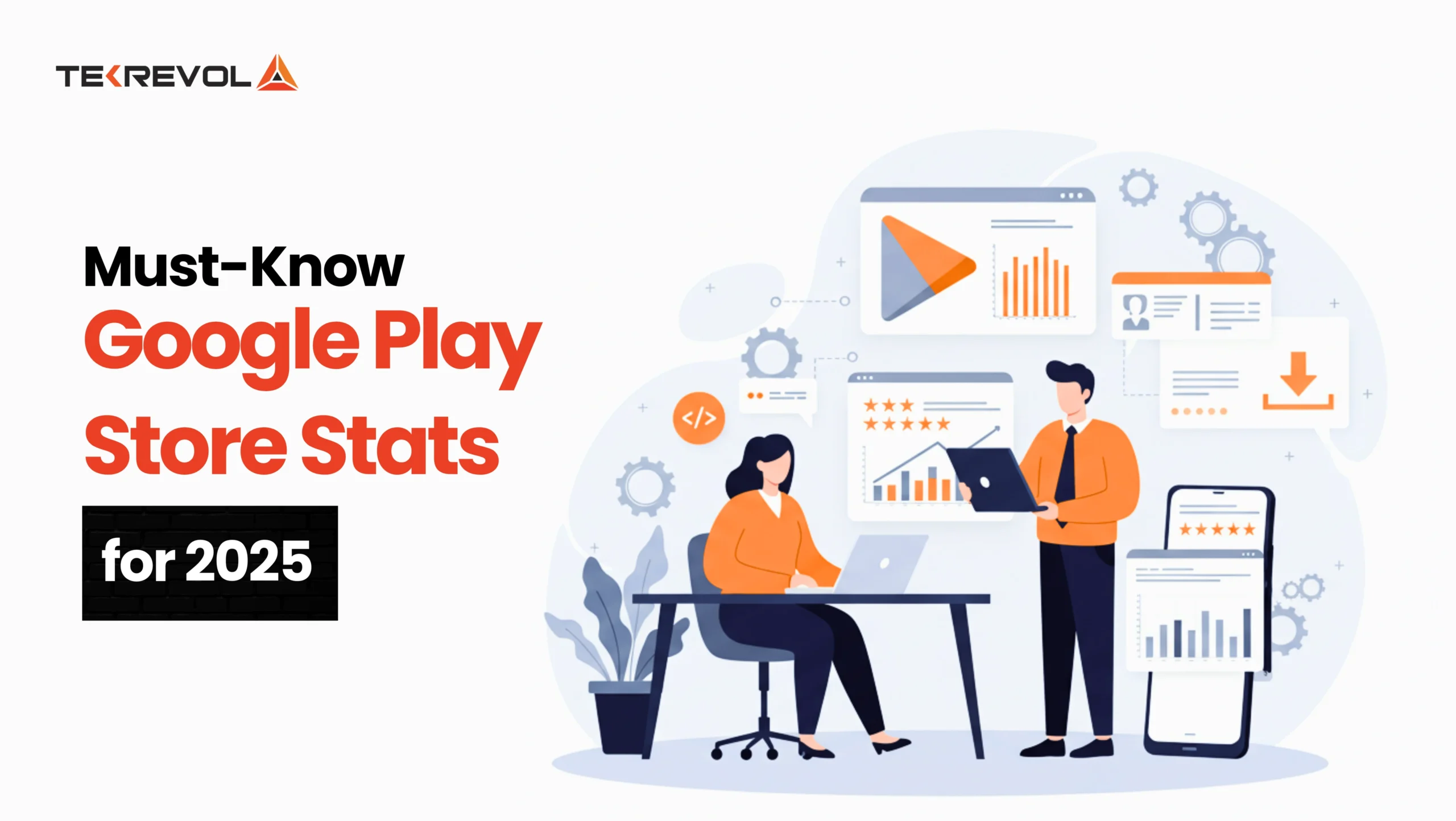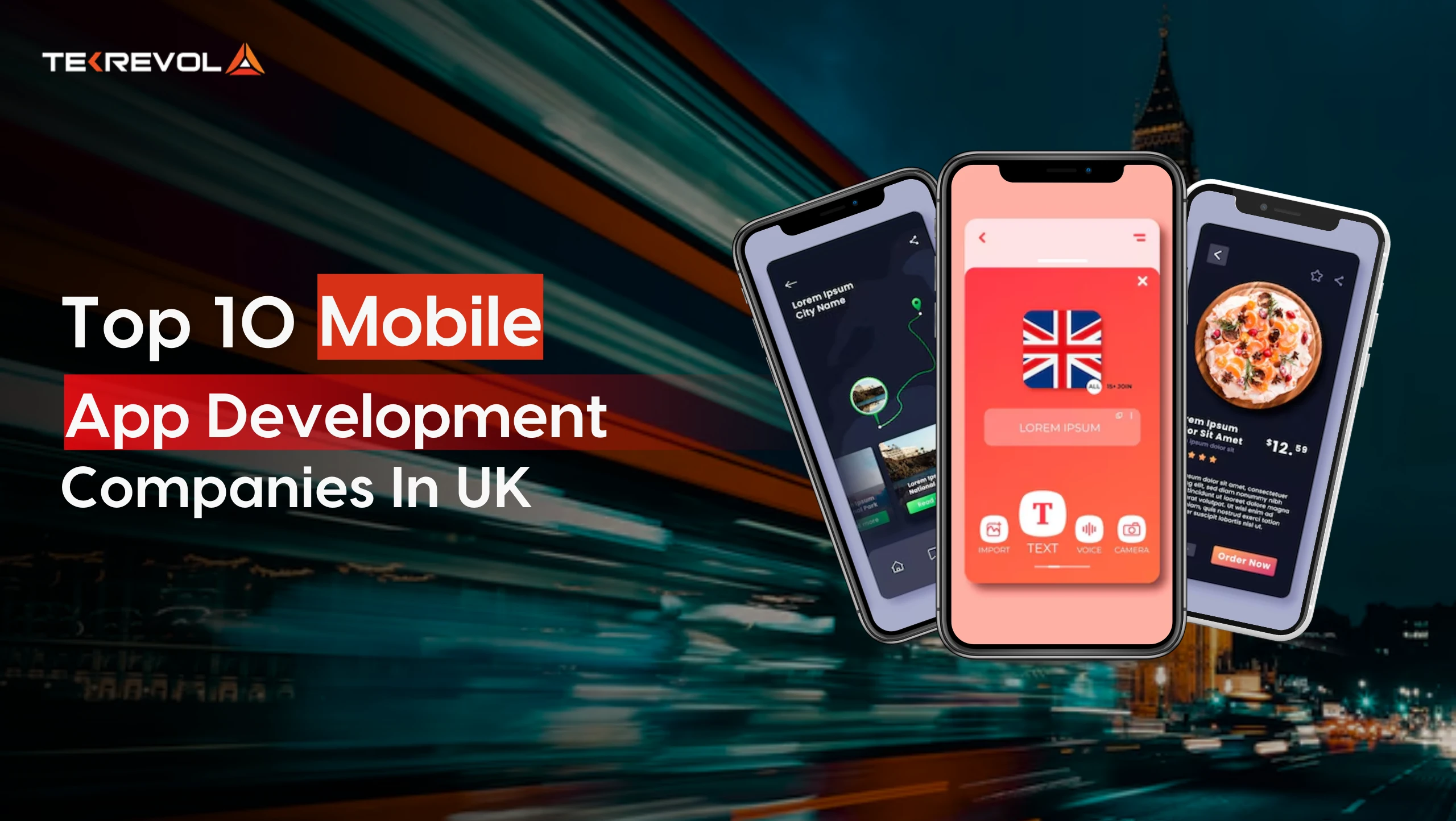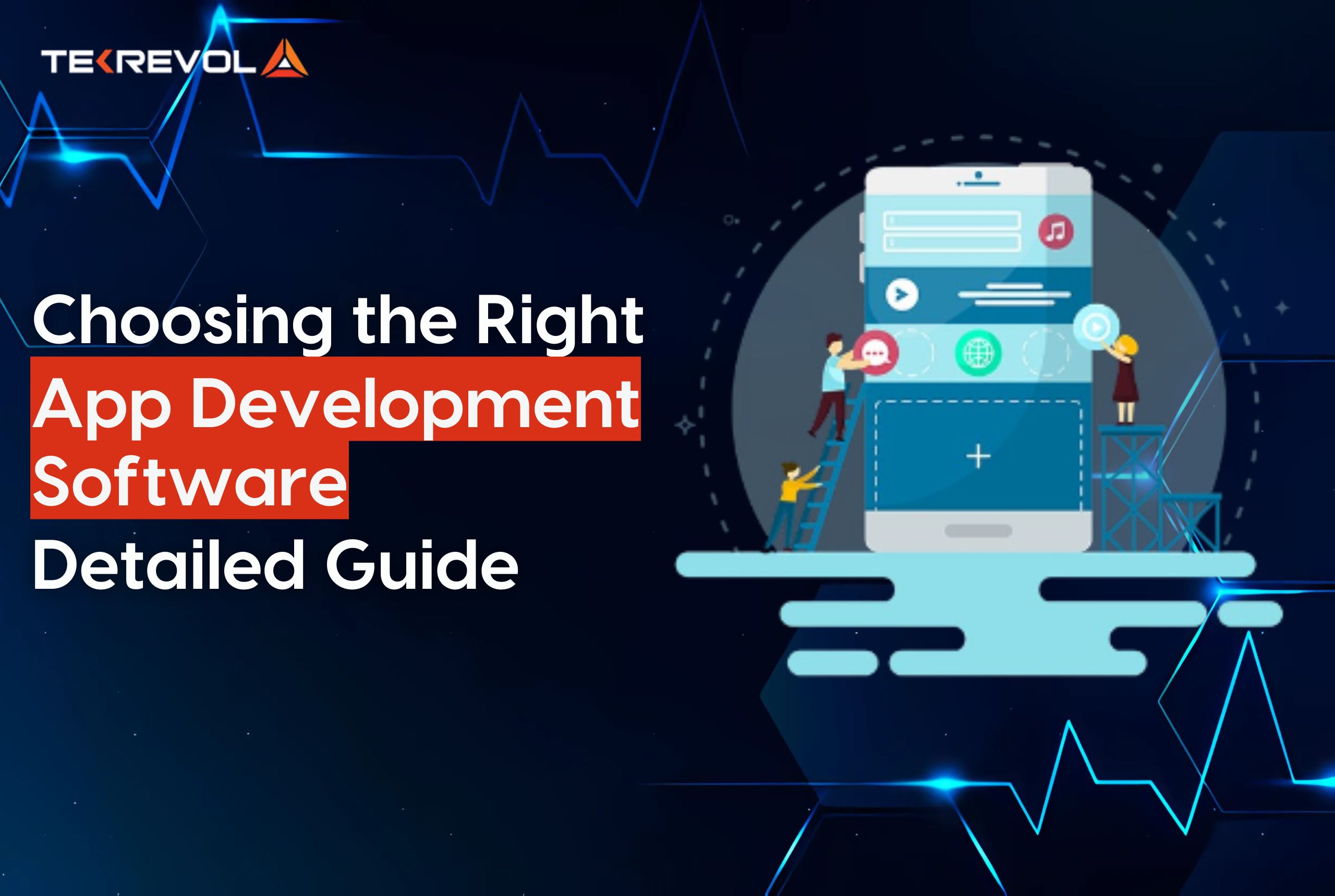Virtual Reality shopping (VR) had been a thing of fantasy for technology enthusiasts, storytellers, and online shoppers. Read more about how VR will be the next big thing in retail.
Using VR as a tool to get more customers to engage may seem a bit futuristic, but the future is here.
From basics to luxuries, the traditional retail stores were serving all sorts of shopping fantasies for everyone. When these then successful stores had to compete with the internet, we met Ecommerce (online shopping) and then Mcommerce (mobile shopping). And to keep up with the advancements, we now have Virtual Reality shopping – an untapped opportunity that businesses should start capitalizing on – now!
To fully understand the concept of Virtual Reality shopping, let us first dig deeper into what Virtual Reality is and how it possibly can revolutionize the world that believes a picture is worth a million words.
What is VR – Virtual Reality?
Virtual Reality is a computer-generated environment in which people can seemingly interact and actively participate. It is an artificially-created 3D simulation that people can experience with the help of devices like VR headsets, goggles, helmets and sensory gloves.
In simple words, Virtual Reality is the formation of a simulated environment by making use of computer technology. VR places the user inside the experience, unlike conventional user interfaces that offer a one-dimensional view.
Stanley G Weinbaum described Virtual Reality as a movie that gives its viewers sight and sound along with taste and smell.
There might be some time before the taste and smell are added to the VR experience, still, Albert Ludwig’s ‘magic spectacles’ have come into existence and foreshadow the prevalence of 360-degree games, headsets, videos, and virtual worlds.

What is Virtual Reality Shopping?
In Virtual Reality shopping stores, shoppers can interact with the 3D store in front of them and build upon it by playing on the many senses of sight, sound, touch and maybe even smell too in future!
How does virtual reality work for ecommerce?
Online shopping is the latest craze due to the many benefits it brings to consumers, mainly being able to shop whenever and wherever, without leaving the house ever. Businesses are looking to bring something original to enhance online shopping. That can be done through technological hybridization that appeals to their unique customer base. That’s why, VR is all ready to change – let’s say, revolutionize the online shopping experience by bridging the experience gap between in-store and online purchasing.
Online shopping isn’t going anywhere and will only become more pervasive in the coming years. The only way to remain relevant in such a saturated market is to inculcate technology that is rarely seen elsewhere.
VR and e-commerce are extremely compatible in the way that they both offer real-world experiences through digital replication. And a combination of these two technologies is virtual reality shopping.
The most recognizable element of VR is the head-mounted display. This display technology makes all the difference between VR systems and traditional User Interface since humans are visual creatures.

What the future will hold with reference to wearables is still unknown but unfolding gradually.
Many names are leading the VR world, including Oculus Quest, PlayStation VR. However, some others are also making an entrance that may be surprisingly user-friendly and affordable such as Apple, Google, Samsung, and Lenovo. Whoever wins the race will make HMDs center stage by creating a helmet that can work in an office, a bed room, or a factory floor.

How To Apply VR In Online Shopping
Other than opening fully functional VR stores, here is how you can apply the VR technology on your retail businesses:

1. Use VR to tell your story.
Finding something original nowadays is futile, leading to failure, but wait, you can still stand out.
There may be many products like your own in the market but do they have the same backstory?
No, they don’t.
This is the way to differentiate yourself from the rest. Sell the story behind your product instead of the product itself. You can use VR to give a 360-degrees showcase of how your product is made and take every customer on a path from the start to the end.
2. Improve customer service.
93% of your customers will return for more if they have a pleasurable experience with you for the first time.
Customer support teams can use VR tech to resolve any issue a customer may have.
Visual aid will speed up the process that otherwise takes a lot more time and leads to losing the customer and trust built by your brand.
3. Offer product testing
Customers buy a product that they have tested before.
With VR, you can offer your customers a chance to see it from all angles and bridge the online and physical retail gap.
Many retailers are already using this strategy and allowing visitors to sample their product without visiting a physical store.
4. Live events
Live events have an innate problem—getting people to attend them.
It is sometimes difficult to make your target audience attend live events and that may happen for several reasons: living far away, disability, or others.
But VR can bring the event to your audience instead of the other way around.
With VR, you can widen your audience by reaching people who weren’t able to attend. The cherry on top is that everyone can get a front row at your event!

5 Advantages of Applying VR in Ecommerce
Virtual Reality shoppers would be sitting on a couch, putting on a headset, and go shop.
Forward-thinking companies are already developing Virtual Reality shopping solutions in various markets, while others are working on pilots and deep discussions.
Here are 5 primary benefits of implementing VR technology in online shopping solutions.
1. Superior customer service
Having a satisfied customer is the key to a prosperous business – especially for a sensitive industry that depends on retail shopping experiences.
VR stores provide such a robust ‘virtually real’ shopping experience so that their customer doesn’t go elsewhere in search of something based solely on sight experience.
Due to apparent reasons, online stores have a challenging time communicating with their customers and understanding their needs and buyer behavior.
VR integrated mobile applications and software programs can support this task since they offer a clear picture of how their visitors are selecting products and what their decision-making process is.
Virtual assistants can be handy substitutes for real-life workers and provide customers with recommendations and shopping advice.
2. Higher conversion
Virtual retail stores don’t have the same problems as other e-commerce stores.
They can track their customers’ journey pretty well and retain their attention for a longer time by bringing in different objects of interest.
Many corporations include other features to keep their audience entertained, including buying products, chatting with friends, enjoying the movie, all from a single VR application.
3. Enhanced user engagement and brand loyalty
An engaging and interactive experience can bring in a lot more customers than anything else.
By giving your customers a chance to step into a virtual world from the comfort of their homes, you not only transform them into repeat customers but also earn their loyalty.
4. Greater retention rate
The only way to maintain customers is by combining a unique sales proposition with superior customer service.
If your product is filling a crevice in the market, then your clients will come again and again. They will also be more likely to refer your store to their friends, that triggers word-of-mouth advertising.
5. No language barrier
VR is worth a million words if a picture is anything to go by.
Demonstrating what value a product brings to your life accomplishes a lot more than simply telling.
This demo of complex products in Virtual Reality shopping will prove to be helpful, especially to people who speak different languages than you.

- Interested in creating a VR app?
- Learn everything you need to know about the types of Virtual Reality Shopping apps, current market trends, technical aspects, and much more in our articles.
Wrapping Up…
Virtual Reality is bringing fundamental change in e-commerce by replicating the same feel brought by visiting brick and mortar stores.
The potential of VR is truly endless, and its implications are limited only by imagination. VR is seemingly the most advanced way to transform the online shopping experience, from one of necessity into one that’s enjoyed and preferred.
Not done reading? Here’s a complete guide on how mobile applications bring disruption to the ecommerce world.

 2695 Views
2695 Views September 24, 2021
September 24, 2021









